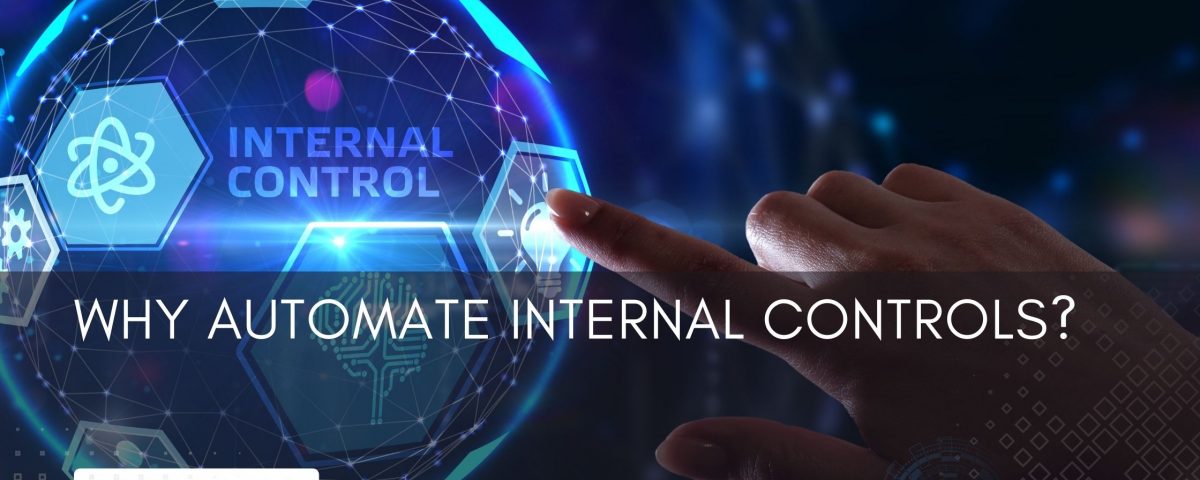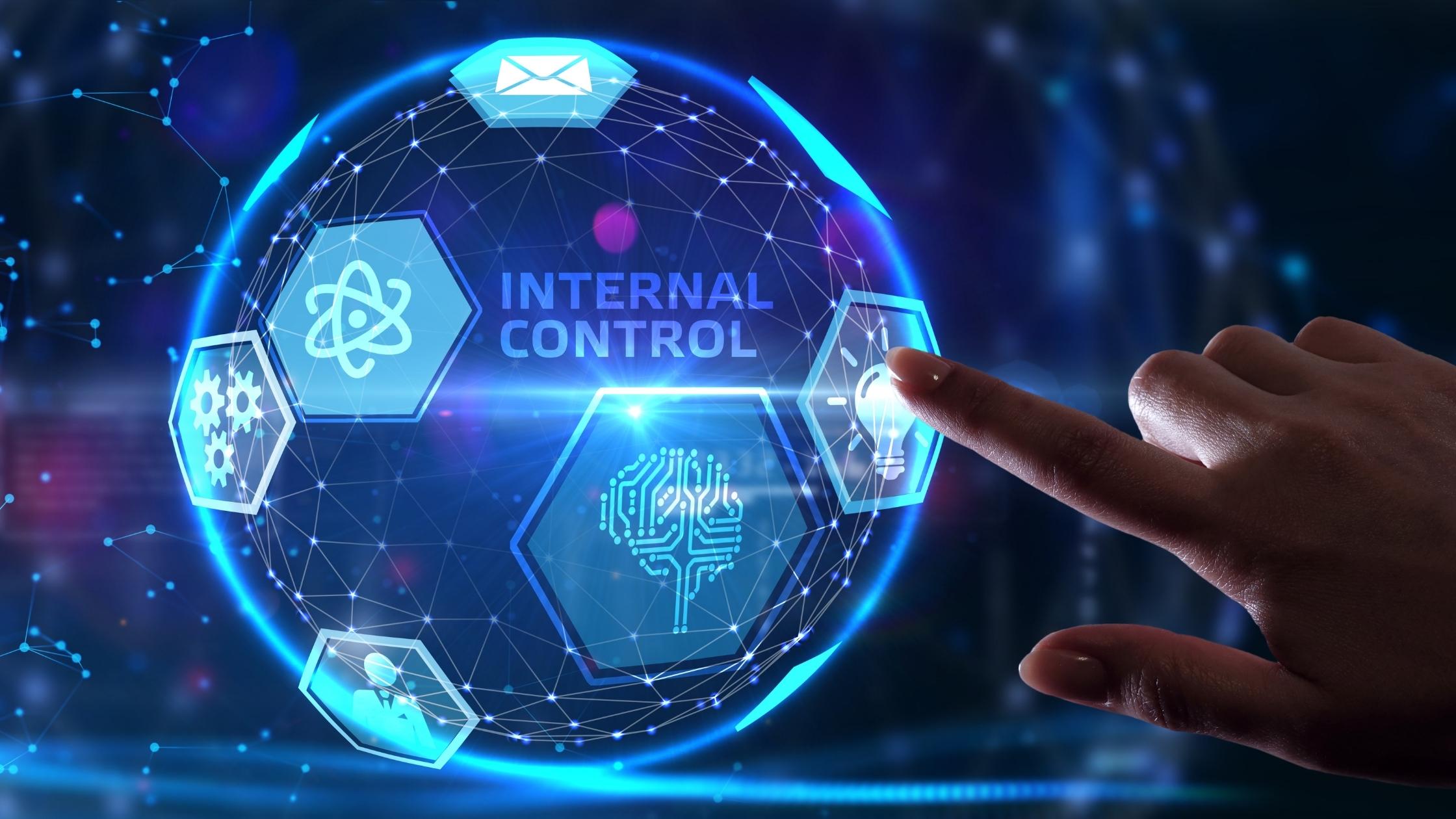Why Automate Internal Controls?


Internal controls: what they are and why you should automate them
What are internal controls?
Internal Controls are the rules and processes put in place to mitigate a range of risks that can arise within an organization. Controls are typically designed with the guidance of the organization's board of directors or senior management. Internal Controls help to ensure the organization's goals and objectives are met. In many cases, internal controls will also need to align with regulations or standards, such as SOX or GDPR, established by external governing bodies.
An organization's internal controls are unique to each organization—one size does not fit all. Internal controls should be effective and efficient for each organization. For example, the internal controls for a large multinational would not be appropriate for a small owner-operated business. It is essential for an organization's leadership team to carefully design internal controls that manage risks to the organization without overburdening it with unnecessary costs and effort.
Why are internal controls necessary?
Failure to have the internal controls in place can expose your organization to an elevated risk of fraud or error, resulting in substantial losses and irreparable damage to your organization's reputation. A KPMG survey found that almost half of the organizations' surveyed had internal controls that remain "patchy, undocumented, not automated, and lacking clear ownership," leaving the organization vulnerable to risk.
Types of internal controls
Preventive internal controls
The intent of preventative internal controls, as the name suggests, is to prevent an adverse event from occurring. Preventive controls are regarded as the best kind of controls because they reduce the need to detect mistakes after they have happened. Automated preventative controls go a step further by removing the need for human intervention and simplifying auditing.
Examples of preventative internal controls are:
- Access controls
- Encryption
- Firewalls
- Multi-factor authentication
- Employee drug testing
- Data classification
- Policy-based user provisioning
Detective internal controls
Detective internal controls detect an error or problem after it has occurred and hopefully before it becomes a significant problem. Detective controls are regarded as less robust than preventive controls because preventive controls keep losses from happening, while a detective control may result in initial losses before corrective changes can be executed.
Examples of detective internal controls are:
- Internal audits
- Financial statements
- Reconciliations
- Physical inventory count
- Access logs
- Reporting
- Segregation of duties
Corrective internal controls
Corrective controls are designed to correct errors and irregularities and ensure that similar mistakes are not repeated once they are discovered.
- New or updated policies and procedures
- Patches
- Disciplinary actions
- Backup and recovery
- Automatic error correction
Methods of internal controls
Manual Controls
- Manual controls are actions executed manually by someone outside of any information system. These might include recalculating accounts or the approval of a timesheet.
- Manual controls are helpful when judgment and discretion are required. Manual controls can also be used to analyze and review automated controls.
- Risks from manual controls can occur because they are easily overridden, susceptible to error, and are less consistent than automated controls.
Automated controls
- Automated controls are control processes performed automatically by an information system. An example of an automated control is ERP three-way matching. The ERP system reconciles the purchase invoice to the underlying purchase order and goods receipt.
- Automated controls are better suited for organizations with high volumes of similar transactions, like a retail environment.
Semi-automated controls
- Semi-automated controls require human intervention, but a person's action depends on a computer system's output.
Today, nearly every company has some internal control automation to perform preventive or detective control functions. Automated controls are typically found in critical areas like reconciliation, transaction reviews, and information processing because these tasks are high-volume and uniform.
Automated controls vs. manual controls
To understand which type of control is best for your business process, let's look at what situations they perform best.
Automated controls are best suited for processes with high volume, uniform transactions. This is because there is little need for judgment. A disadvantage of automated controls is the risk of inaccurate systems and data or relying on an inappropriate automation algorithm.
Manual controls are best suited for processes with low volume and require human judgment or discretion in deciding the outcome of the process. Manual controls run the risk of error and intentional override.
Let's use system access as an example to better understand these internal controls' differences. With a manual control, user access is conducted by comparing users to the current employee directory and determining appropriate access levels. In a semi-automated control, a system may perform the initial comparison to the employee directory and then flag users with potential issues for review. An automated control would validate the users against the employee directory using job codes and provisioning profiles, and any discrepancies would be adjusted automatically.
Benefits of internal control automation
Internal controls, among other things, maintain your data safety and compliance with pertinent regulations. Additionally, internal controls are used to maintain accountability and safeguard your ERP against fraud and data theft. Once established, internal control automation allows you to embed the rules and processes that make up your internal controls so that they function unassisted. For example, automated internal controls:
- Define access to data
- Ensure regulatory compliance
- Increase cost-efficiency
- Allow for continuous controls monitoring
- Increase efficiency
- Reduce the risk of fraud
- Restrict and control data manipulation
- Support accurate reporting
- Improved security posture
- Log changes and access to data
Automated controls don’t just make things easier and safer. Automated controls enhance your financial control posture and workflow. Additionally, they improve your overall operational efficiency. Can you imagine not worrying about compliance rules, data security, and passing your next audit? SafePaaS delivers this peace of mind and efficiency while providing data that is more robust and reliable.

